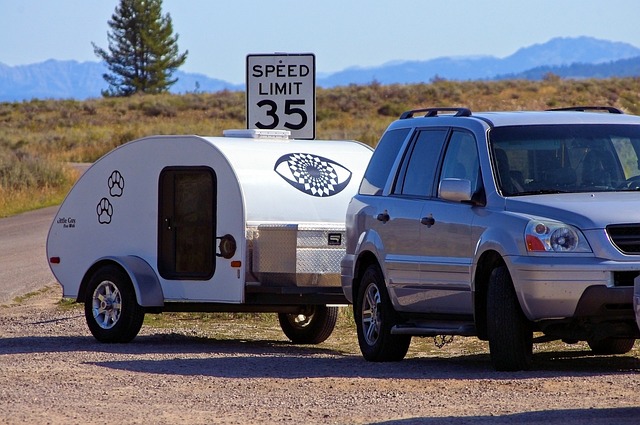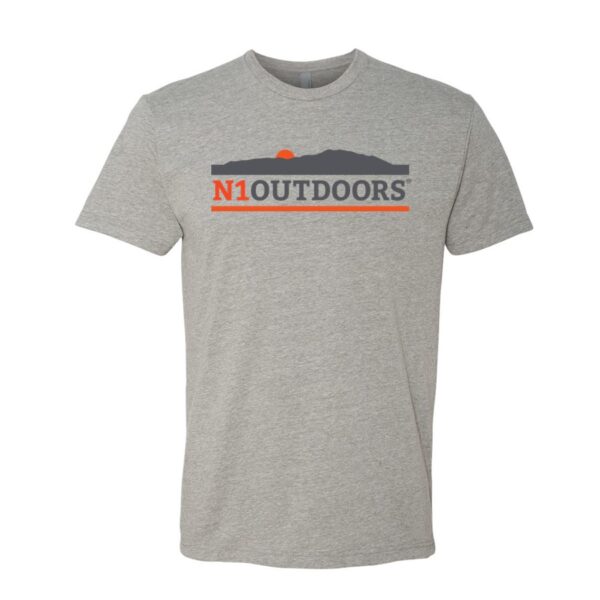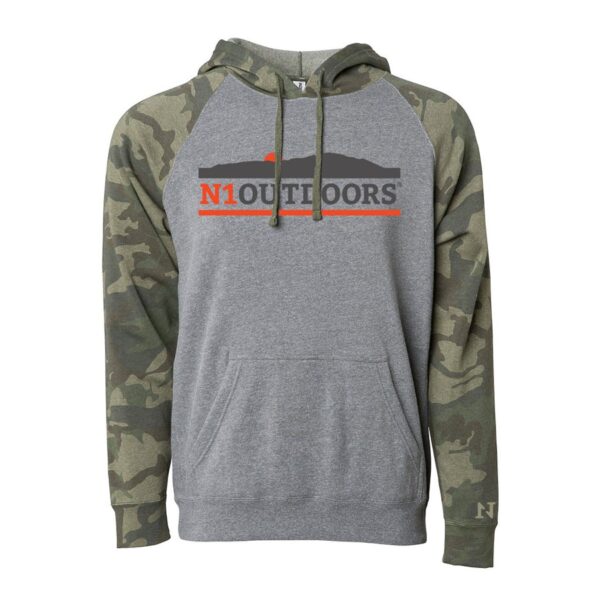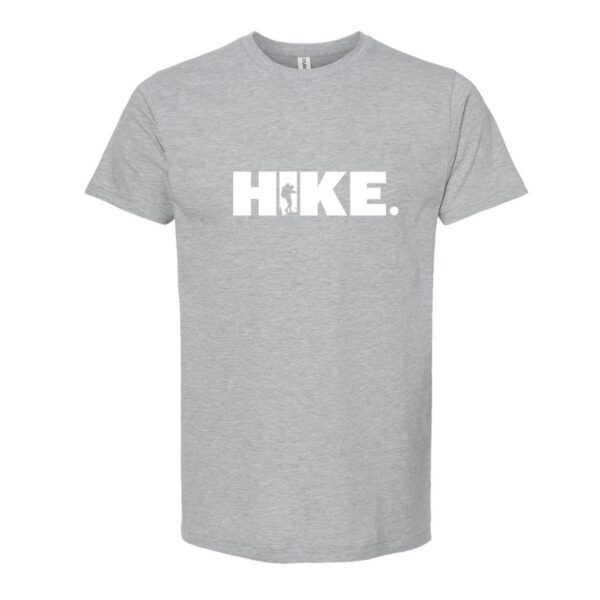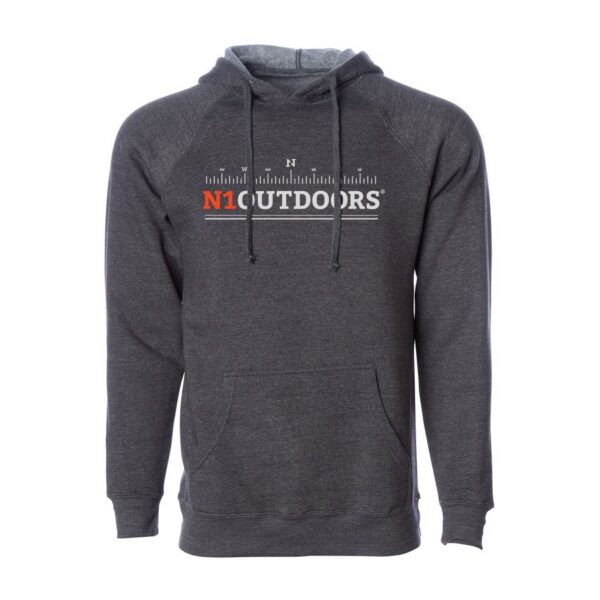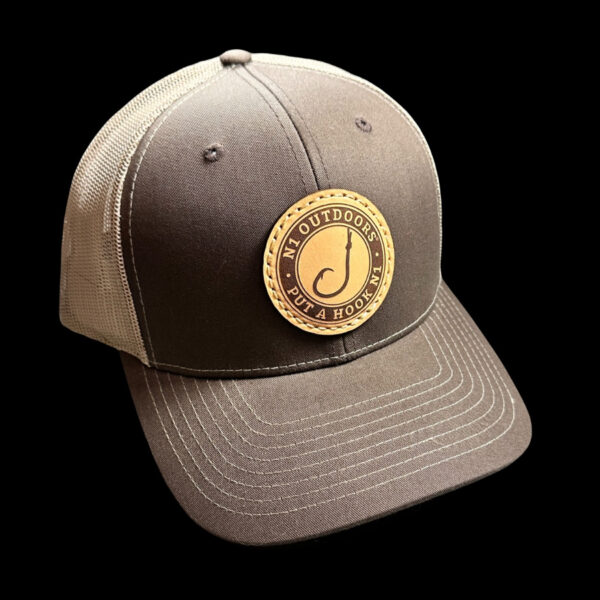Exciting as a pending camping or wilderness road trip adventure may be, embarking on a long drive requires some careful preparation. And, one of the most critical aspects is ensuring your vehicle is in tip-top condition.
After all, you wouldn’t want to encounter vehicle troubles in the middle of nowhere!
In this article we’ll walk you through the essential car maintenance tasks you should perform before embarking on that big journey. Let’s make sure your ride is smooth, safe, and hassle-free!
Vehicle Maintenance Checklist
Here is a list of things you need to check on your vehicle before your big adventure.
- Engine Oil
- Fluid Levels
- Tires
- Brakes
- Batteries
- Lights
- Belts & Hoses
- Air Filters
- Wipers & Windshield
- Emergency Kit
1. Engine Oil
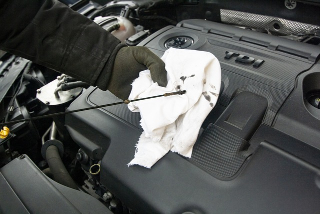
Engine oil lubricates the internal components of your engine, reducing friction and heat. Over time, it breaks down and becomes less effective. Regular oil changes keep your engine running smoothly. However, neglecting this simple task can lead to costly engine repairs down the road.
First things first, check your engine oil! It’s the lifeblood of your car’s engine, and driving with insufficient or dirty oil can lead to severe damage. Make sure the oil level is adequate and that it’s clean. If it’s due for a change, do it before hitting the road.
2. Fluid Levels
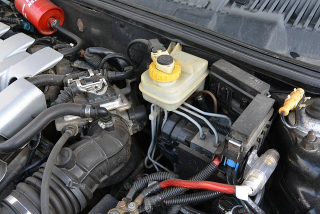
Check essential fluid levels, including coolant, transmission fluid, brake fluid, and windshield washer fluid. Top off any that may be low to ensure your vehicle runs smoothly and safely.
Coolant, or antifreeze, is critical for regulating your engine’s temperature. Ensure it’s at the proper level to prevent overheating, especially during long drives in hot weather.
Transmission fluid is responsible for smooth gear shifting, and low levels can lead to transmission problems.
Brake fluid ensures your brakes function correctly, so it’s vital to maintain the right level for safety. Lastly, don’t overlook the windshield washer fluid, as it helps keep your windshield clean for optimal visibility.
3. Tires
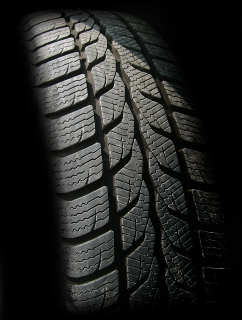
Inspect your tires for proper inflation and tread depth. Underinflated tires can reduce fuel efficiency, while worn-out treads can be dangerous on wet roads.
Properly inflated tires improve fuel efficiency and enhance stability and handling. The recommended tire pressure is usually found in your vehicle’s owner’s manual or on a label inside the driver’s door. You can also find tire pressure information on the side walls of the tire itself.
Be sure to check all four tires as well as the spare. Additionally, examine the tire tread. Balding or unevenly worn tires can compromise your safety on the road. If it’s time for a replacement, invest in high-quality tires for better performance.
4. Brakes
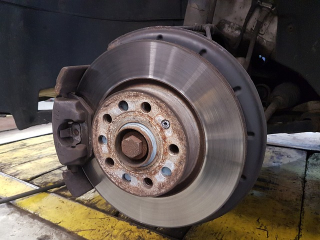
Brakes are crucial for your safety. Listen for any unusual noises while braking; if you hear grinding or squeaking, it’s time to replace the brake pads. Also, as mentioned above, be sure you have checked the brake fluid level and ensure that there are no leaks.
A brake inspection is also essential for your safety. Besides the noise, look for vibrations or a soft pedal, which could indicate brake issues.
Consult a mechanic if your brake fluid is discolored or lower than the recommended level. Ignoring brake problems can lead to longer stopping distances and potentially dangerous situations.
5. Battery

A dead battery can leave you stranded. Have your battery tested to ensure it’s in good condition. Clean the terminals and consider replacing them before your journey if they look old.
Modern vehicles rely heavily on electronics, and a weak or dying battery can lead to various electrical issues. While cleaning the terminals, also inspect for any corrosion. Most auto parts stores offer free battery testing services if you’re unsure about your battery’s condition.
6. Lights
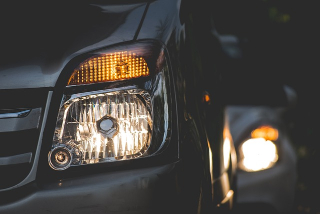
Check all exterior and interior lights, including headlights, tail lights, brake lights, turn signals, and hazard lights. Replace any burnt-out bulbs to ensure visibility and safety.
Proper lighting is essential for your safety and is also a legal requirement. Dim or non-functional lights can lead to accidents or traffic violations. Regularly inspect your lights and replace bulbs promptly. Additionally, aim your headlights properly to avoid blinding oncoming drivers.
7. Belts and Hoses
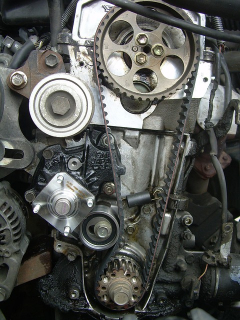
Inspect the belts and hoses under the hood for signs of wear, cracks, or fraying. If you notice any issues, have them replaced to prevent a breakdown on the road.
Belts and hoses play crucial roles in your vehicle’s operation. The serpentine belt, for example, drives multiple components like the alternator and power steering pump. A broken belt can lead to a complete engine shutdown.
Hoses, on the other hand, carry vital fluids throughout your vehicle. A ruptured hose can result in coolant or oil leakage, causing engine damage. Replacing these components is far more cost-effective than dealing with a breakdown.
8. Air Filters
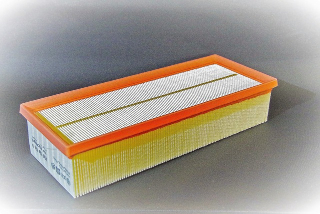
A clean air filter ensures your engine breathes freely, optimizing fuel combustion and overall performance. Check your owner’s manual for recommended replacement intervals.
Clean or replace the air filter as needed. A clean air filter improves engine performance and fuel efficiency.
The air filter prevents dirt and debris from entering your engine’s cylinders. Over time, it becomes clogged, reducing airflow and engine efficiency.
9. Wipers and Windshield
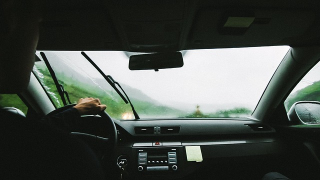
Visibility is crucial, especially during adverse weather conditions. So, ensure your wiper blades are in good condition and your windshield is free from cracks or chips.
Wiper blades should effectively clear your windshield of rain, snow, or debris. Replace them if they streak or leave behind residue.
Check your windshield for any damage that could impair your vision. Small chips can often be repaired, but larger cracks may require windshield replacement.
10. Emergency Kit

A first-aid kit can be an invaluable part of your emergency kit for minor injuries. In addition a flashlight and blankets can provide comfort during roadside breakdowns.
Lastly, prepare an emergency kit with essentials like first-aid supplies, a flashlight, blankets, jumper cables, and basic tools. You never know when you might need them.
An emergency kit is your safety net on the road. While we hope you won’t encounter any issues, it’s wise to be prepared.
Jumper cables and basic tools can can also be an important part of your emergency kit and help you address minor vehicle issues and get back on the road.
Final Thoughts On Vehicle Maintenance Checklist
Taking the time to perform these essential car maintenance checks before your big journey is a smart and responsible choice. It ensures your safety and the safety of your passengers and reduces the likelihood of unexpected breakdowns that can put a damper on your trip.

By performing maintenance checks on your vehicle before your big adventure, you can increase your chances of a reliable transportation!
So, whether your vehicle is brand-spanking new, a used car, or one purchased at one of the auction sites like A Better Bid, remember that a well-maintained car is a reliable companion on the open road, allowing you to focus on the adventure ahead without worrying about potential car troubles.
Regular maintenance checks and promptly addressing any issues will make your journey safer and save you from costly repairs and inconveniences down the road. So, whether you’re embarking on a cross-country road trip or a weekend getaway, ensure your car is ready to take you there without a hitch… unless of course, you need a hitch to pull your camper or trailer 🙂
Safe travels!

